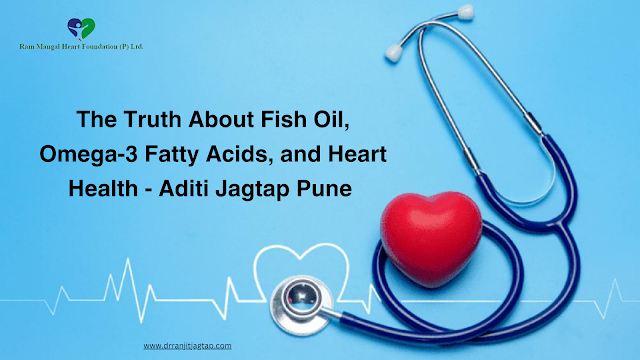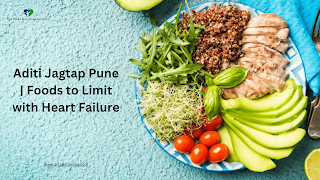The Truth About Fish Oil, Omega-3 Fatty Acids, and Heart Health - Aditi Jagtap Pune

Omega-3 fatty acids are essential nutrients crucial for maintaining heart health. Found in various foods and supplements, these fatty acids offer numerous benefits for cardiovascular well-being. While consuming fish at least once a week is recommended to obtain these beneficial fats naturally, some individuals turn to fish oil supplements. However, it’s essential to understand that while these supplements can be beneficial, they’re not a cure-all and may not be effective for everyone. Therefore, reading Dr. Ranjit Jagtap daughter ’s blog before starting any supplement regimen is suggested to ensure safety and effectiveness for individual health needs. Benefits of Omega-3s for Heart Health: Unlock the power of omega-3 fatty acids for a healthier heart with these key insights into their remarkable benefits: 1. Lower Triglycerides: Omega-3 fatty acids can greatly reduce the levels of fats called triglycerides in your blood. High triglycerides can make your heart sick. By bringing down

%20-%20Symptoms%20and%20causes.png)



